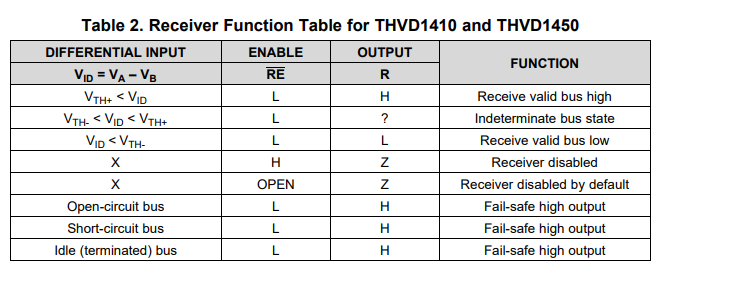Hi All,
I am using THVD1450 as the RS485 receiver in a modbus slave type devices. Everything is working perfectly in the lab situation. But when we installed in a specific network of 400 meters we started seeing a problem of the receiver stopped receiving the packets.
We verified the same by running an in-circuit debugger in the corresponding slave system and continuously sent packets in few seconds interval. We verified the packets in the network but couldn't see any reception by the particular slave machine using THVD1450 receiving any of those packets.
Another observation is that when we power cycle the board then immediately the device show up in the network as the transceiver is properly receiving the packets now.(Software stack problem ruled out as we tried resetting the microcontroller keeping the power intact, still the receiver didn't receive any)
My thinking is that the transceiver is entering to some idle bus state error stage and not coming out from it even the master starts sending the packets.
If above is correct how to take the THD1450 out from that state without a power recycle? Or any other is the root cause please share some pointers.
Thanks and Regards
-Jabir


